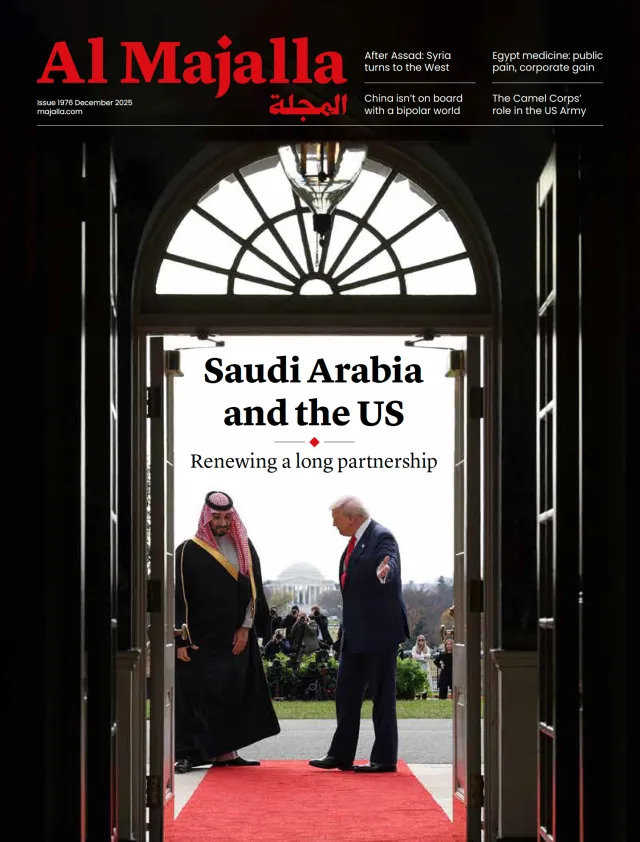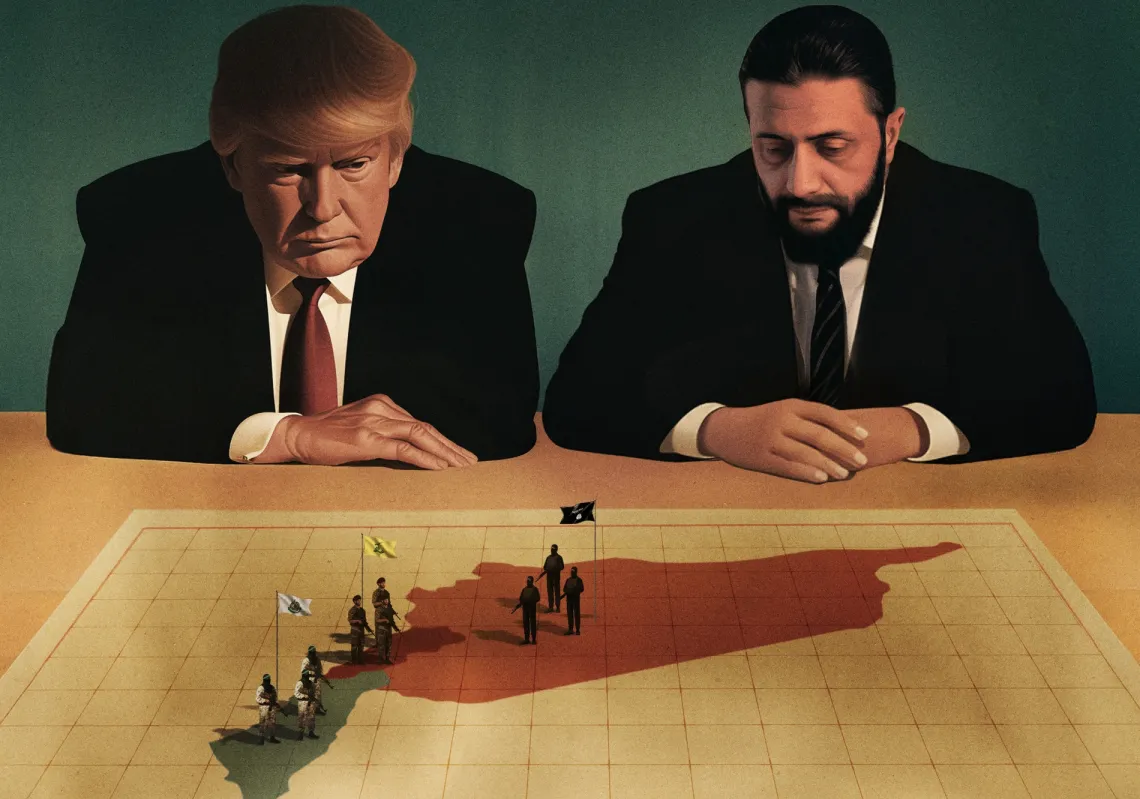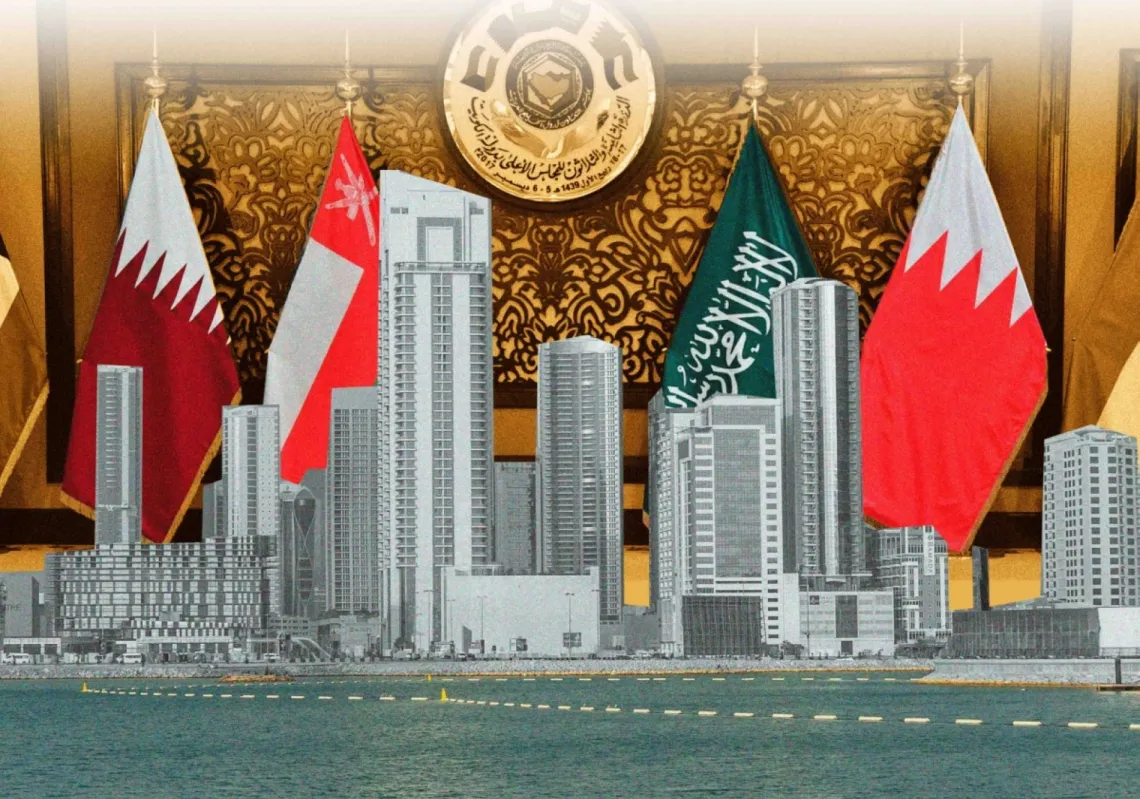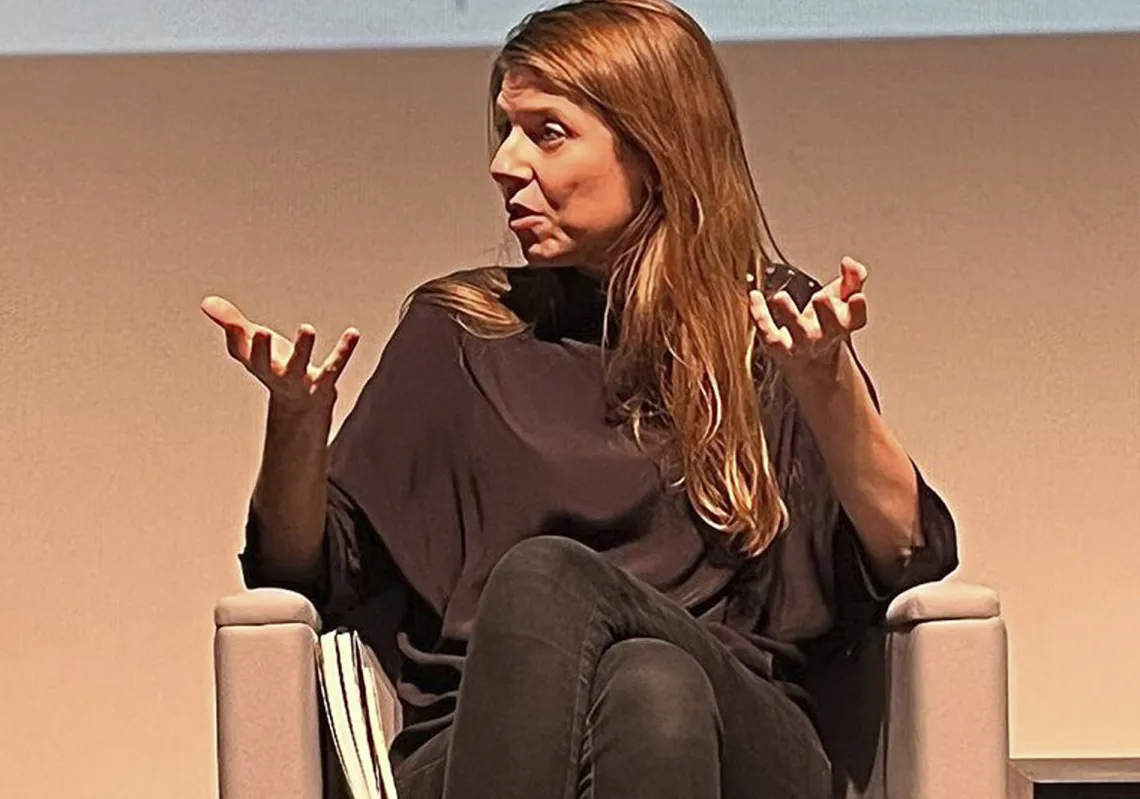This article was jointly authored by ministers and officials who attended the Global Ministerial Conference on Road Safety, which concluded on 20 February in Morocco. The full list of signatories can be found at the end of the joint op-ed.
World leaders met for the Global Ministerial Conference on Road Safety to recognise road safety as an urgent public health and development priority and advance actions to halve road deaths by 2030.
If you had to guess the leading cause of death for children and young people globally, what would you say? Malaria? Pneumonia? Suicide? They’re all up there, but no, it’s road crashes.
Cars have been around for over 120 years, and we know how to prevent these tragedies. Yet road crashes still claim more than two lives every minute and nearly 1.2 million lives every year. If a virus caused these deaths, it would be called a pandemic, and the world would scramble to develop vaccines to prevent them. And yet, reducing road deaths has long been overlooked, misunderstood, and underfunded.
People will always make mistakes on the roads, but we have proven solutions that ensure our transport systems can absorb these errors in a way that significantly reduces the risk of death.
Ambitious yet achievable target
As part of the United Nations Sustainable Development Goals and the UN Decade of Action for Road Safety 2021-2030, the world has set an ambitious target of halving road deaths worldwide by 2030.













